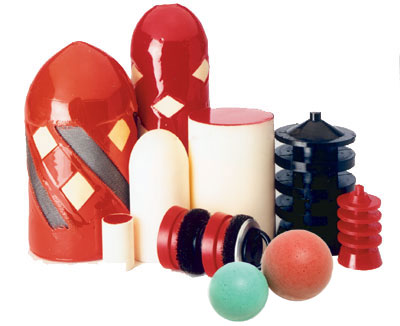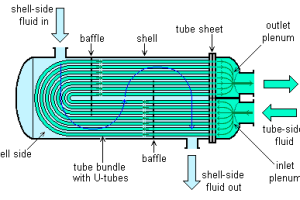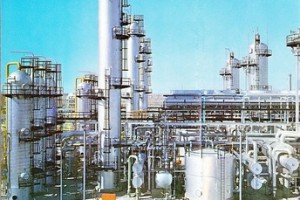Gasoline is most well known petroleum product for its use as an automotive fuel. It is extracted from crude oil and specifically designed for use in reciprocating, spark-ignition, internal combustion engines.
The gasoline cut is separated from rest of the crude oil in atmospheric distillation unit after the gases have boiled off and before kerosene or fuel oil is separated. It is the lightest cut produced for liquid petroleum products. Distillation range for gasoline cut occurs between 900F and 4100F. Gasoline produced from any crude oil source may be composed of different quantities of hundreds of various hydrocarbons. The hydrocarbons in gasoline can be of four primary types - saturated paraffins, unsaturated (containing double bonds) olefins, cyclic naphthenes (saturated cyclic compounds) and aromatics containing an unsaturated benzene ring.
The quality of automotive fuel is measured in terms of octane number of that fuel. Octane number is the measure of antiknock quality of a fuel. For gasoline, octane number normally occurs in the range of 90 to 100. Octane number of 100 corresponds to iso-octane.




